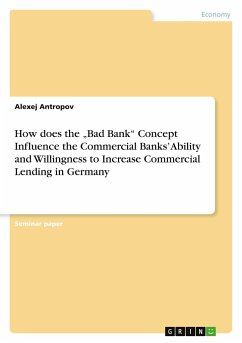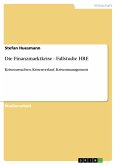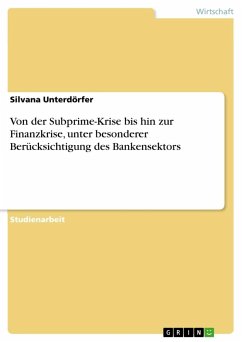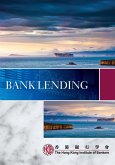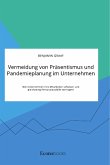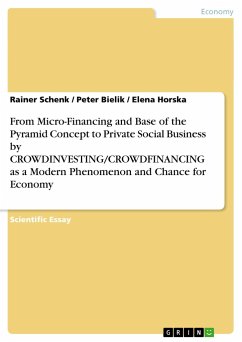Seminar paper from the year 2010 in the subject Business economics - Investment and Finance, grade: 1,3, University of applied sciences, Munich, course: International Finance & Accounting, language: English, abstract: During the Financial Crisis 2007-2010, which was the result of housing bubble in theUnited States in 2006, commercial banks rapidly decreased the amount of commerciallending worldwide. So called subprime credits made the assets of commercial banksless worth during a short period. It was the cause for the credit crunch in manyeconomies. Because many enterprises have to rely on debt capital, which they lend fromcommercial banks to finance their investments, the credit crunch hit such enterprisesvery hard. The outcome is that the whole economy suffers. Many governmentselaborated the bad bank concept to solve the problem of decreased commercial lending,also Germany. It means, that banks will be allowed to start special purpose vehicles(SPV) for holding the subprime credits and to bring such subprime credits out of thebalance sheet of the bank. In Anglo-Saxon countries there are two other terms in use forSPV: (loan) recovery agency and asset management company. According to Homoelle,Ruff and Tuerr1 in theory and praxis there are many variants of bad bank modelsexisting. Until now the question which model is most successful, became insufficientexploration.German government adopted two different models of bad banks and proposed theFinancial Market Stabilisation Act (FMStFG), which became effective on July 22th2009.2 After that some banks used this opportunity and transferred their subprime assetsto such SPV.The scope of the work is first to evaluate why exactly commercial banks decreased thecommercial lending, second to analyse German bad bank concept and then to work outthe incentives of this concept for more commercial lending by commercial banks and toshow some examples of implementation of bad bank concept by German banks. At the end the answeron the question, whether the bad bank concept increases the ability andwillingness of German commercial banks to make more commercial credits available ornot, will be given in this term paper.

